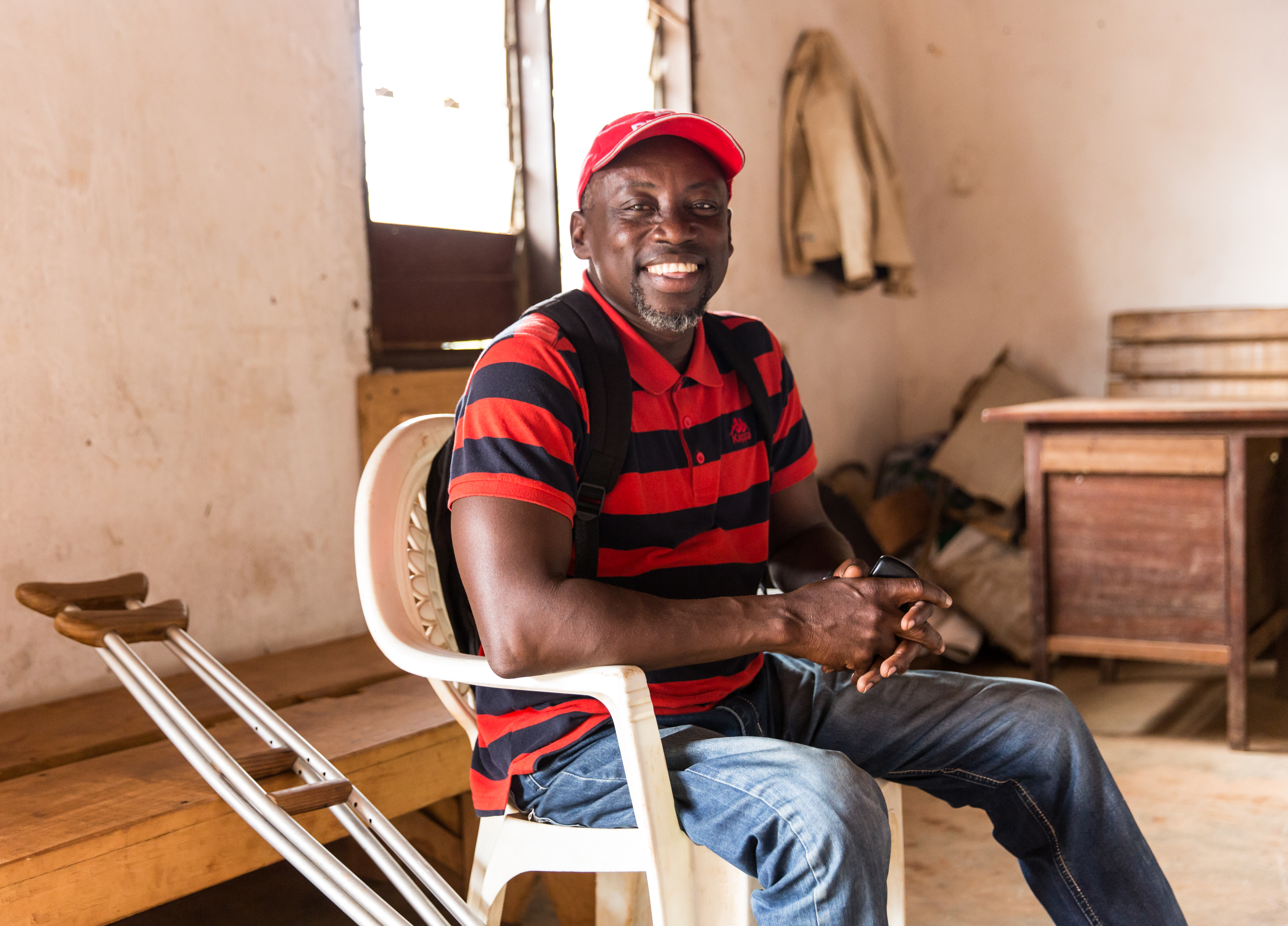All Under One Roof
1.0 Introduction
Within humanitarian programming, all actors have a responsibility to ensure that that protection considerations are at the centre of their actions and that the needs of all people are taken into account in their response. Shelter and settlements activities in particular can play an important role in safeguarding the health, security, privacy and dignity of people affected by disasters and crises, but we know that these activities still do not systematically include persons with disabilities. Persons with disabilities not only have the same rights to and need to benefit from shelter assistance as everyone else as reinforced under the Convention on the Rights of Persons with Disabilities (CRPD), but are also often disproportionately affected in emergency situations, making the imperative to deliver inclusive shelter and settlement programming even more important.
The original All Under One Roof guideline was published in 2015 to contribute to this inclusive programming at a time when limited broader guidance was available. To complement and align with a number of additional important guidelines, standards and commitments around disability inclusion in Humanitarian Action that have been developed since 2015, these materials have been revised in 2022. These new All Under One Roof materials are more streamlined and focused on the shelter and settlements sector, including different types of shelter interventions. They have also been updated to include recommendations that respond to a more diverse and varying range of impairments which, in interaction with various barriers, may result in disability. The expectation is that these guidance materials form part of a broader body of guidance around more inclusive humanitarian programming.
These revised guidance materials have been developed through a consultative process involving shelter and settlement practitioners, disability experts and organisations of persons with disabilities along with a detailed review of relevant related guidance and frameworks. They demonstrate a commitment of shelter and settlements organisations to improving inclusion of persons with disabilities and accessibility in sectoral programming.
|
Although there are many recommended actions in these guidelines that can support inclusive programming, they are all based on the minimum the four ‘must do’ actions that should always be kept in mind to ensure that persons with disabilities are included in all phases of humanitarian action. Those ‘must do’ actions are:
|

